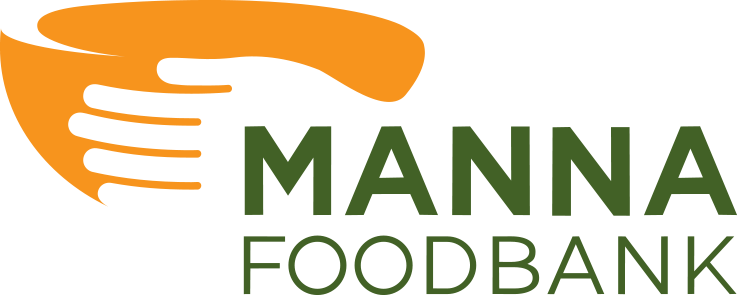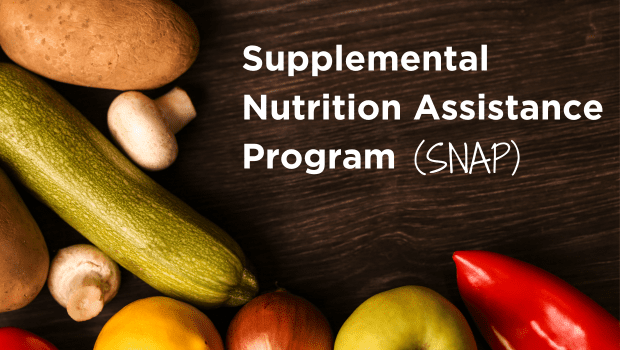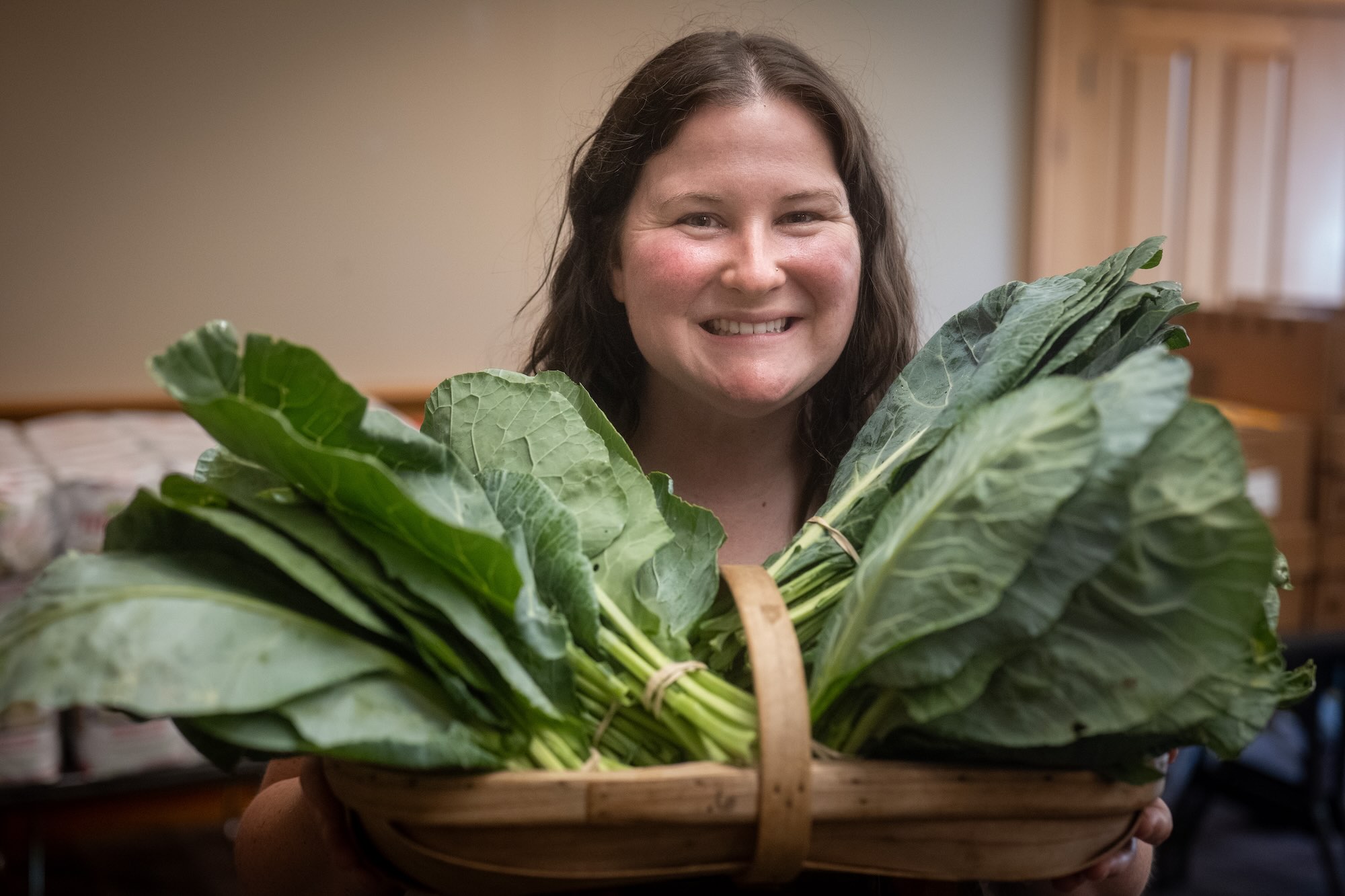Q: What is the Supplemental Nutrition Assistance Program?
A: SNAP is a federal program designed to supplement the food budgets of low-income households, and it is the largest program in the U.S. that addresses hunger. Funded by the Farm Bill, SNAP funds reduce the financial strain on families, allowing them to buy healthier foods and divert some of their finances (which would have gone to food) to other needs, including transportation, housing, and childcare. SNAP benefits come in the form of monthly funds loaded onto an Electronic Benefits Transfer (EBT) card. This card works like a debit card and can be used on eligible food items at various locations including grocery stores, superstores, pharmacies, gas stations, and some farmer’s markets. Eligible food items include meat, poultry, fish, fruits, vegetables, dairy products, bread, cereals, snack foods, and non-alcoholic beverages. Some other facets of the program include SNAP Employment and Training (E&T), a program with the purpose of supporting recipients in gaining skills and obtaining employment for self-sufficiency, and SNAP-Ed, a program aimed at educating recipients on how to use their benefits to buy and cook healthy meals and how to stay physically active.
Q: When was SNAP created?
A: Created in 1939 as the Food Stamp Program, SNAP enabled recipients to buy orange stamps, which could be used for any foods, and were in turn given blue stamps, which could be used to buy foods the government deemed “surplus.” This program ended in 1943 but later became permanent in 1964. The program underwent various reforms throughout the ’70s and ’80s, with significant improvements in the late ’80s as domestic hunger came to be recognized as a severe problem. This included the implementation of the E&T Program. The ’90s and early 2000s were marked by a series of welfare reforms which cut down on benefits and placed an emphasis on work requirements for program eligibility. During this time, there was a widescale shift to the EBT) system. The 2008 Farm Bill increased the commitments to the program and changed the name of the program to the Supplemental Nutrition Assistance Program in an effort to reduce stigma. In recent years, there have been changes with a focus on school nutrition programs and nutrition education promoting healthy eating and physical activity.
Q: Who is eligible for SNAP?
A: Though SNAP’s income requirements and maximum benefits vary by state, there are general guidelines set at a federal level. SNAP participation is limited to U.S. citizens and some lawfully present non-citizens who meet the income and resource requirements. Lawfully present non-citizens may qualify if they meet the general requirements and have additionally lived in the U.S. for at least five years, are receiving disability-related benefits, and/or are under 18 years old. There are some general work requirements for those who are 16-59 years old and able to work, including registering for work, participating in SNAP E&T, taking a suitable job if offered, and not quitting or reducing work hours below the limit without a good reason. These do not apply to those already meeting the specified work hours, taking care of a dependent, participating in a substance treatment program, unable to work due to a mental or physical limitation, or those in school or training programs at least part-time. In North Carolina, able-bodied adults without dependents (ABAWDs) ages 18-49 are only allowed to receive three months of SNAP benefits in a 36-month period unless they are participating in work activities for at least 20 hours a week. This time limit may be waived in areas with insufficient employment or in the case of an economic recession.
Q: How do I apply or recertify for SNAP?
A: Potential recipients can apply for SNAP benefits either online through ePASS, in person at their local Department of Social Services (DSS) office, or by filling out a paper application and mailing it or dropping it off at their local DSS office. Though applying for SNAP can seem daunting, there are resources to help you navigate the process. Our Food Helpline (1-800-820-1109) is one such resource, designed to support community members experiencing food insecurity by connecting them to a variety of food assistance services. Our Helpline team members are specifically trained to help neighbors apply/recertify for SNAP benefits. MANNA’s Food Helpline is available Monday-Friday from 9AM-4PM. Call or make an appointment today.
Q: Why is SNAP so important?
A: For struggling families and communities, SNAP makes a huge difference in economic wellbeing and overall health. (In fact, each dollar in federally funded SNAP benefits generates $1.79 in economic activity). The program lifts thousands of people out of poverty and helps them stay out. Moreover, SNAP participation and monthly SNAP benefits have a dramatic impact on neighbors’ health and wellbeing, particularly children. There’s also strong evidence of SNAP’s effectiveness in alleviating food insecurity and improving the economy.
DID YOU KNOW?
2/3 of SNAP recipients are children, older adults, and people with disabilities.






